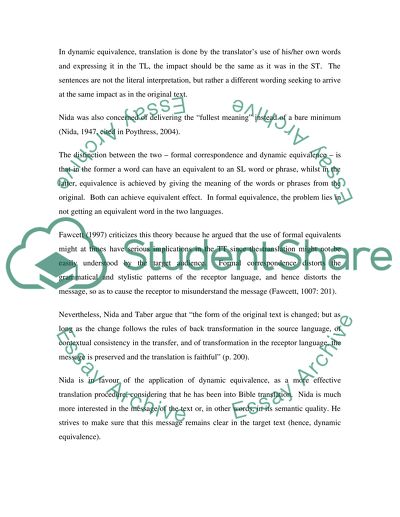Retrieved from https://studentshare.org/miscellaneous/1524815-does-the-theories-of-ecquivalence-play-a-useful-role-in-professional-translation
https://studentshare.org/miscellaneous/1524815-does-the-theories-of-ecquivalence-play-a-useful-role-in-professional-translation.


